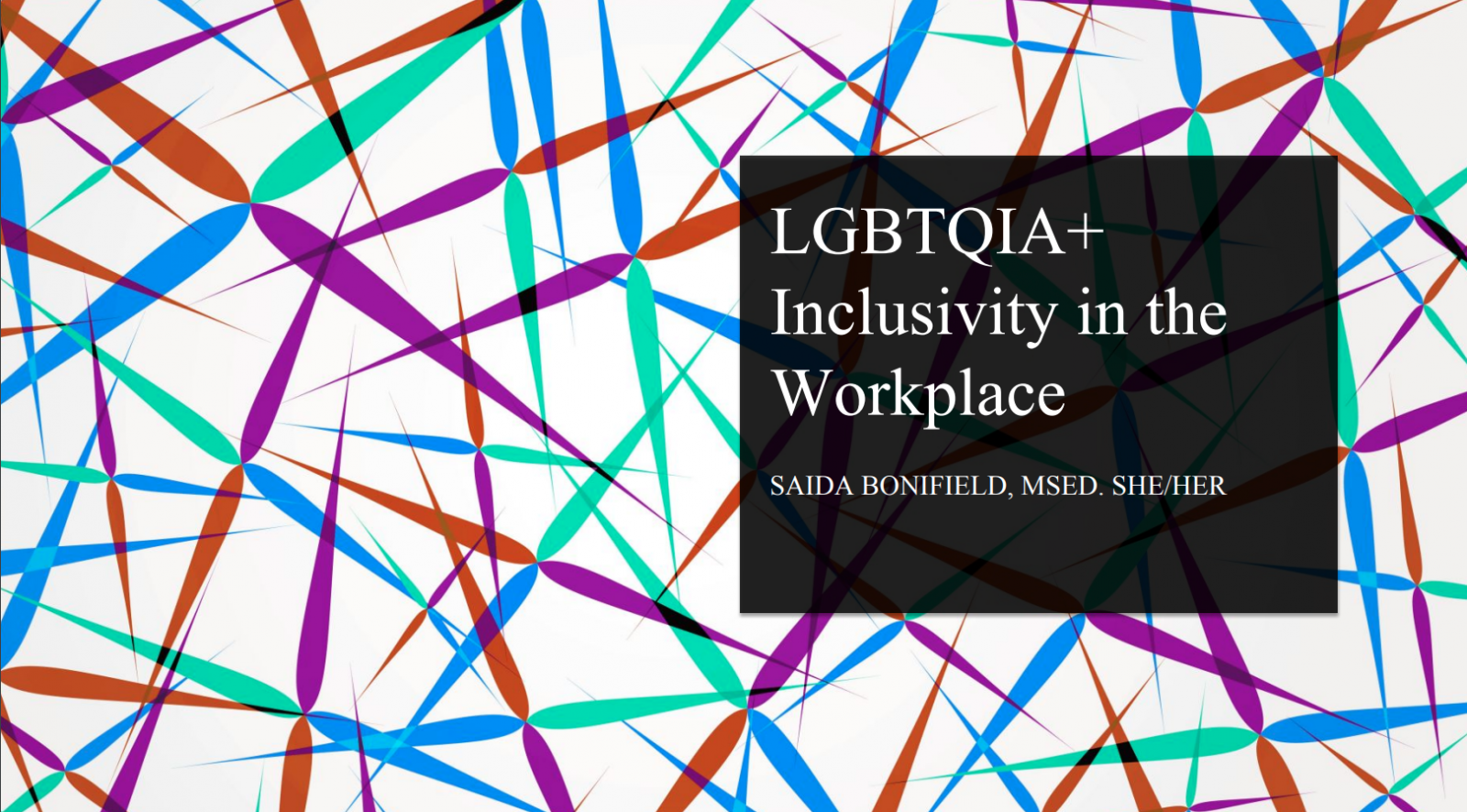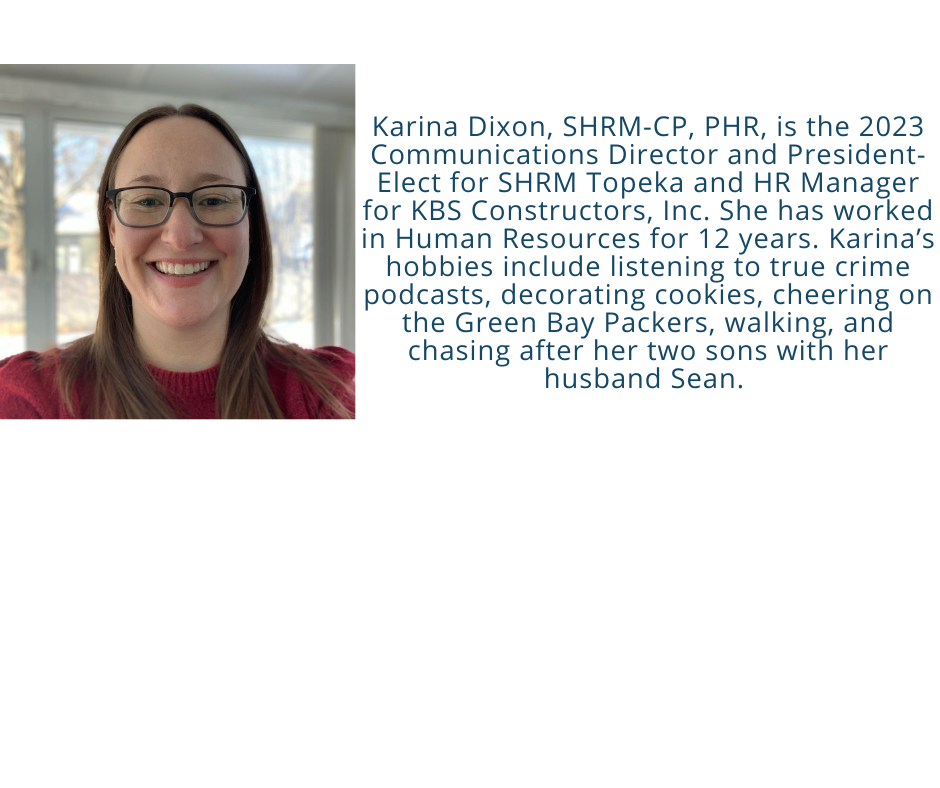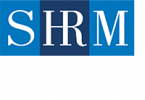LGBTQIA+ Inclusivity in the Workplace

In May, SHRM Topeka hosted a Diversity, Equity & Inclusion SHRMinar led by local community leaders and practitioners. Saida Bonifeld M.Ed. is a skilled diversity, equity, and inclusion (DEI) practitioner with 16 years of experience in non-profit and educational organizations. Saida led a fantastic session on LGBTQIA+ Inclusivity in the Workplace, and here are the 5 tips she shared for creating LQBTQIA+ inclusive workplaces.
1. Use Correct Names and Pronouns
Many transgender and nonbinary people do not identify with the name they were given at birth and/or their legal name, and it can be expensive and legally inaccessibale to change one's legal name. Intentionally using the wrong name or pronouns repeatedly may be considered harassment under certain circumstances.
Ask for people's name and pronouns often to check for accuracy and avoid errors. You can ask this as straightforward as, "What are your pronouns?" or "What prounouns do you prefer I use?" You can also use no prounouns and instead simply use the person's name.
2. Don't Be Afraid to Make Mistakes
For many people, using prounouns and chosen names is a new practice. It can be uncomfortable to discuss gender identity for fear of making mistakes. But mistakes may happen, and when they do, be considerate and offer a kind apology or a thank you. Examples include:
"I'm sorry, I didn't mean to disrepect you. How would you like me to refer to you?"
"Thank you for correcting me."
"I use she/her prounouns, what prounouns do you use?"
3. Use Inclusive Language
Saying "ladies and gentlemen" or "boys and girls" assumes only two genders. Instead, use words such as friends, collegues, guests, children, or students. Instead of "he or she", use they, that person, or the guest. Instead of saying "sir" or "ma'am" just say, "Thank you" or "Good morning". Lastly, use the wording of "the person" and describing words such as "The person in the red shirt" or "The person with their hand raised" instead of man or woman.
4. Inclusive Workplace Practices
- Complete an audit of your policies (examples include dress code, non-discrimination, and EEO statement)
- Consider inclusive bathrooms
- In your hiring practices, ask for pronouns and preferred name
- Retention and promotion of LGBTQIA+ team members & in leadership
- Review marketing materials
- Provide educational materials for team members
5. Ongoing Training for All Staff
Language and norms are constantly changing. Encourage ongoing professional development. Be sure to include LGBTQIA+ identities in DEI training, and communicate inclusive values and expectations to employees.
Additional Resources
Here are several additional resources and articles on inclusive workplaces.
SHRM's Overcoming Workplace Bias resource hub has lots of member resources including an Inclusion Code of Conduct, an Ensuring Workplace Inclusion for LGBTQ Employees Toolkit, and an Implicit Bias Resource Guide.
Why sharing gender pronouns in the workplace matters - CultureAmp
An HR Leader’s Guide to Inclusive Language in the Workplace - Jellyvision
6 Best Practices for Creating an Inclusive and Equitable Interview Process - Harvard Business School
9 Inspiring Examples of Inclusive Workplace Cultures - Together Software





